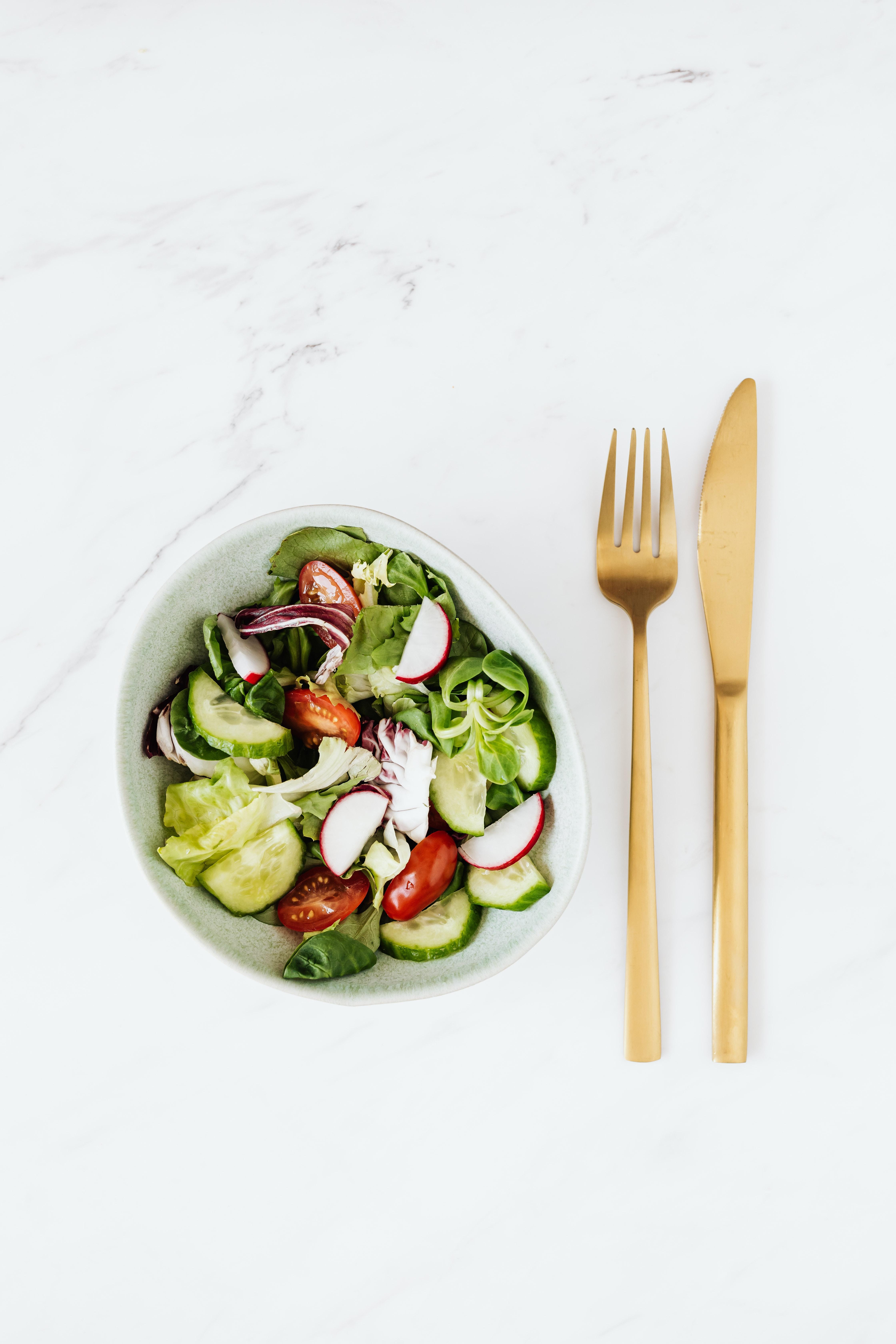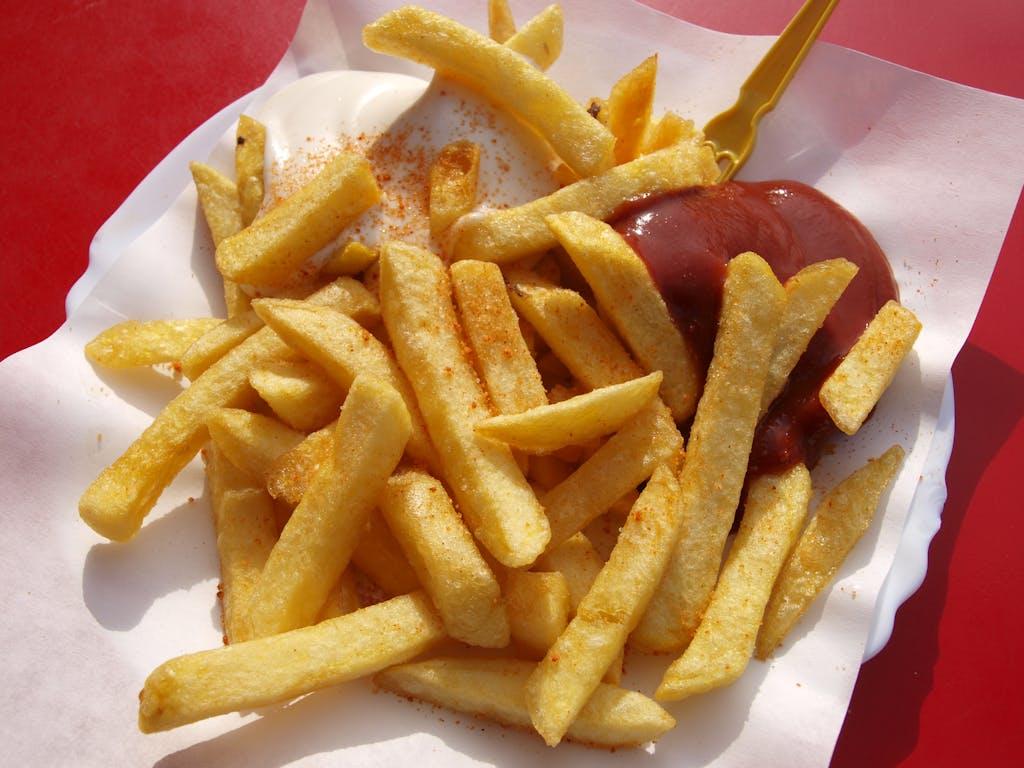Updated July 31, 2024.
If you’ve ever had weight loss on your mind, you’ve likely heard it oversimplified into, “calories in, calories out.”
Unfortunately, there are no quick fixes when it comes to healthy weight loss. BMI is highly heritable and genetic differences explain ∼75% of BMI variability among individuals.You may feel secure thinking that weight loss is just a simple math equation: burn more calories than you consume. You’ve bought the fancy fitness tracker, the food scale, or downloaded My Fitness Pal. You’ve told yourself “this time will be different,” only to be disappointed. After a bit of initial weight loss, your progress stagnates. You still feel stuck.
You are not alone. So many of our patients here at Culina Health have been there. We have access to unlimited information and advanced tools to help us reach our health and wellness goals. So why haven’t more people succeeded on their weight loss journeys?
What most accessible sources fail to mention is that weight loss is more nuanced than simply calories in vs. calories out. There are myriad factors that determine one’s ability to reach and maintain a healthy weight for your body. I want to spend some time focusing on what happens when we subject our bodies to periods of calorie restriction. The outcome may be what is preventing so many people from reaching their health and wellness goals.
What does “Calories In, Calories Out” actually mean?
The Calories in, Calories Out (CICO) diet is based on the simple idea that to lose weight, you need to create a calorie deficit by consuming fewer calories than you burn. According to this diet, the type of food you eat doesn’t matter. What matters instead is the total number of calories consumed. This concept comes from the fact that 1 pound of fat is equal to 3,500 calories. Therefore, if you eat 500 calories less than you burn each day, you should theoretically lose 1 pound of fat in a week (500 calories x 7 days = 3,500 calories). In this approach, all calories are considered equal, regardless of the food source.
How energy balance affects weight maintenance, weight loss, and weight gain
A recent study found that caloric restriction is effective to promote weight-loss for up to two years, preferably with a caloric deficit that is greater than 501 calories, if done in tandem with seeing Registered Dietitian and if associated with a behavioral component and at least twice-monthly contact with a health team. For weight-loss maintenance greater than three years, large-scale trials are required to support these findings.
Another systematic review and meta-analysis found that from a ‘calories in, calories out’ perspective, restricting calories on a low-carb diet produced a greater weight loss compared to a low-fat diet. However, there were no differences between the low carbohydrate and low fat diet for fat mass loss, suggesting that the additional weight loss on a low-carb diet is likely due to water weight.
How our bodies use calories
Let’s talk about basal metabolic rate (BMR). This is the amount of energy your body requires to perform its normal healthy functions at rest. This number does not take into account energy needed for any form of physical activity or energy needed to digest food. If you are an avid calorie counter, you likely know your BMR.
In a perfect world, when we eat in a calorie deficit, our body would get energy it needs from a combination of our fat stores and our daily food consumption. Unfortunately, we also break down muscle tissue to meet our energy needs while in a calorie deficit. Here’s the bad news: less muscle tissue → lower BMR → less energy required by the body → easier to regain weight in the future. So maintaining muscle is absolutely crucial.
Several studies support the principle of “metabolic adaptation,” a series of shifts that take place in the body when exposed to long-term caloric deficits. In addition to a decrease in muscle mass, hormonal shifts influencing hunger and satiety take place. This is your body’s way of encouraging you to increase your calorie intake to meet the body’s baseline needs. This means that as you continue to maintain calorie deficits, you may become more fatigued and experience diminished weight loss. You’ll also likely feel hungrier. Unfortunately, raising your BMR back to its original rate is challenging, even if you gain back the weight you originally managed to drop.
Factors affecting calories “in”
The brain is the main organ that regulates body weight, mostly working below our conscious awareness. It uses complex signals from the endocrine, metabolic, and nervous systems to control food intake based on the body’s changing energy needs and environmental factors.
Energy homeostasis is managed through both short-term and long-term signals. Short-term signals, such as ghrelin, peptide YY, glucagon-like peptide 1 (GLP-1) control meal patterns by initiating and stopping feeding. Long-term signals, like leptin, adjust the activity of the short-term system to increase or decrease overall energy intake. Although an individual’s daily energy intake and balance can vary greatly, neural regulation typically maintains energy balance over longer periods.
The energy balance model (EBM) of obesity proposes that the increasing population prevalence of obesity in recent decades is primarily due to changes in the food environment. This includes increased availability and marketing of inexpensive, ultra-processed foods that are high in portion size, fat, and sugar, and low in protein and fiber. Ultimately, energy and calorie intake is influenced by a variety of complex and interacting factors. Some of these factors are within our control, while others are not.
Factors affecting calories “out”
Calories “out” refers to factors that influence how many calories we burn. This includes three primary components: resting energy expenditure, the thermal effect of food, and physical activity. Resting energy expenditure (REE) is the energy needed for basal metabolism when the body is at rest. REE contributes to the majority of calories we burn and depends mostly on lean body mass and fat-free mass, making up 60-70% of total energy expenditure. However, it varies greatly among individuals due to differences in metabolic rates and internal organ sizes. When energy intake is reduced, the body undergoes metabolic adaptation, also known as adaptive thermogenesis, which decreases energy expenditure. Additionally, any loss of lean body mass over time will further reduce resting energy expenditure (REE).
The second component of calories “out” is physical activity, which includes both everyday activities and intentional exercise.
The third and usually smallest component of total energy expenditure is the thermal effect of food (TEF), or diet-induced thermogenesis. TEF is the energy used to process food after eating, typically about 10% of the calories consumed. This estimate can vary since TEF is highest for protein, intermediate for carbohydrates, and lowest for fat. Similar to calorie intake, energy/calorie expenditure is influenced by a variety of complex and interacting factors. Some of these factors are within our control, while others are not.
Potential Health Implications of CICO
Calorie-cutting is not a dietary framework that’s appropriate or safe for everyone. Some CICO risks to be aware of include:
- Nutrient deficiency: When the focus is merely on caloric intake, the importance of nutritional value can fall by the wayside. Dieters may choose to eat low-calorie, but nutrient-poor foods, neglecting fruits, vegetables, and whole grains, which are essential for health and, in fact, promote healthy weight.
- Long-term sustainability: Research suggests that diets focusing strictly on calorie counting are often unsustainable long-term, leading to high rates of weight regain. Moreover, the CICO diet does not emphasize long-term healthy eating habits. Consequently, once dieters reach their desired weight by cutting calories, they are likely to regain the lost weight because they haven’t developed a sustainable, healthy eating pattern.
- Disordered eating patterns: The CICO approach can sometimes lead to unhealthy eating behaviors, such as binge eating, restricting, or obsessive calorie counting.
- Adaptive thermogenesis: Prolonged calorie restriction can lead to metabolic adaptation, where the body decreases its energy expenditure, making further weight loss more difficult and promoting weight regain.
Tips for Balancing Calories in a Sustainable Way
So how does anyone manage to maintain a healthy body during a period of weight loss? It really boils down to three guidelines.
- Take it slow. While you may be eager to see results ASAP, a slow, steady weight loss is better suited for long-term success. A caloric deficit of 250-500 calories is best. Eating below your BMR is detrimental to muscle and bone tissue and will only hurt you in the long run.
- Get the right amount—and the right type—of physical activity: This can help speed up weight loss and slow down muscle and bone loss, provided that you’re still eating enough to meet your body’s energy needs. While you may feel the desire to sweat it out with hours upon hours of cardio, consistent resistance training is the gold standard when it comes to building and retaining muscle. A combination of moderate amounts of resistance training and cardiovascular workouts is best for health promotion and weight loss.
- The quality of your diet is just as important as the number of calories it contains. Choose nutrient-dense foods such as fresh fruits and vegetables, whole grains (yes, carbs too), and lean proteins. Try to limit highly processed foods, added sugar, and refined carbs, as they dont contain the same micronutrients as whole foods. Higher calories from whole foods, lean protein, fruits and vegetables is infinitely more health-promoting than a low-calorie diet of junk food.
Get support from a Registered Dietitian on your Weight Loss Journey
At Culina Health, our mission is to help you reach your health goals in a way that is sustainable, accessible, and in tune with your body’s unique needs.
Looking to partner with a Registered Dietitian on your weight loss journey, or just want more general healthy eating information? Need help managing a health condition? Whatever the reason, our registered dietitians are here to support you. Through 1:1 virtual sessions, they work with you to create a personalized care plan to help you achieve your goals. Book a session today and pay as little as $0 out of pocket with insurance.






